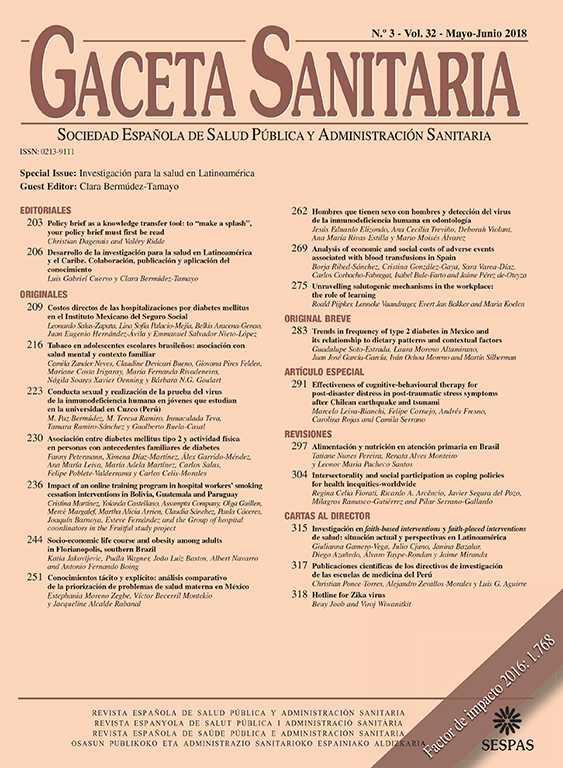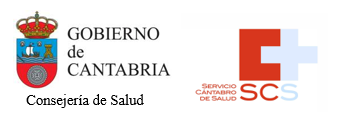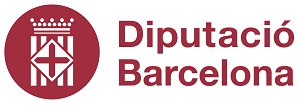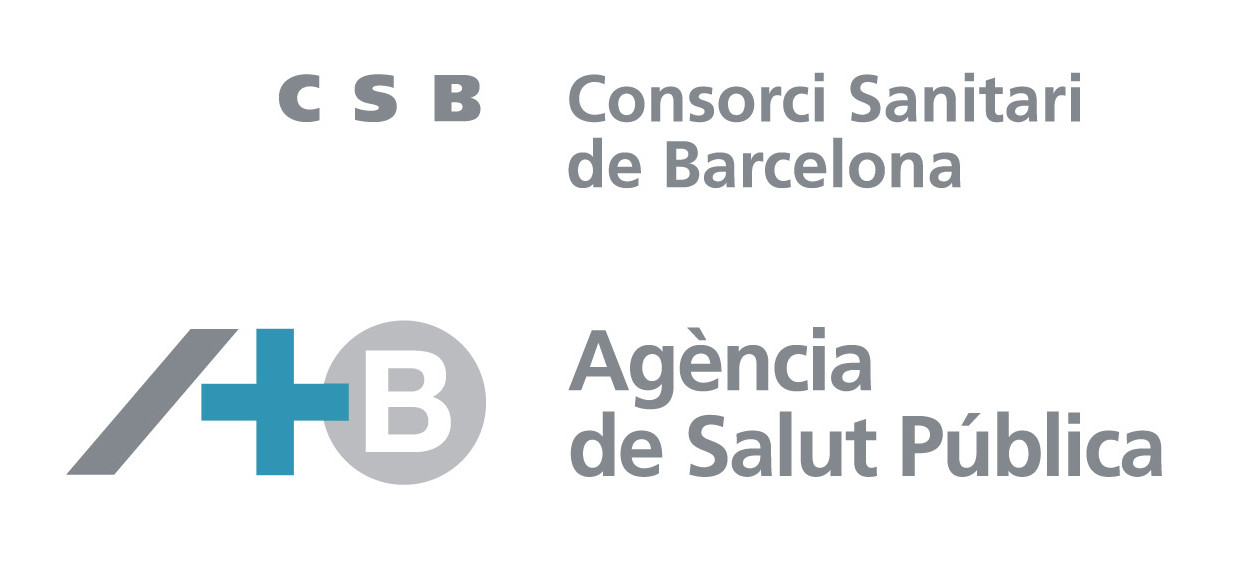As we begin 2025, it is important for the new Editorial Board of Gaceta Sanitaria to reflect on the scientific integrity challenges we faced over 2024. Over the past year, we have rejected and retracted some publications due to ethical issues. This editorial note provides an opportunity to analyze these problems and to reflect on how we can maintain the scientific integrity of the evidence we publish in a Journal that, above all, reflects the public health and health administration community of Spain and Latin America.
Potential sale of authorshipsIn 2024, we identified a case where two almost identical articles were submitted to Gaceta Sanitaria and another Elsevier journal, with only minor differences in the title (possible duplicate submission). Upon our inquiry, the other journal informed us that the manuscript had already been rejected. Gaceta Sanitaria also rejected the manuscript based on its limited value to our readers, but during the inquiry process, we discovered that the manuscripts listed seven different authors in total, sharing only one between both versions, and we suspected a potential issue involving the sale of authorship.
At the request of the Gaceta Sanitaria Editorial Board, the author claimed that the manuscript submission had been handled by an external agency, which might have made an error or been hijacked, explanations deemed implausible given the characteristics of Elsevier's manuscript management system. Following the Committee on Publication Ethics (COPE) guidelines,1 we attempted to contact the authors’ institution in Central Asia, but our efforts were unsuccessful, and we ultimately closed the inquiry as ‘inconclusive’.
This case may highlight the phenomenon of “paper mills”, organizations that produce and sell scientific articles to researchers seeking to enhance their academic productivity and metrics. These publications are often fabricated, featuring false data, manipulated images, and/or plagiarized content.2 The “paper mills” industry also offers authorships3 and citations,4 with prices ranging from hundreds to thousands of dollars depending on the research area, journal impact factor, and authorship position. However, due to their clandestine nature, estimating the prevalence of these practices remains challenging.
The paper mills organizations have grown significantly in recent years, posing a global risk to the reliability of scientific literature. It is estimated that more than 1.5% of all scientific publications originate from these organizations.5 While the field of epidemiology and public health is not the most affected,6–8 we need to consider the possibility that these practices have also infiltrated our journals. The publication of articles from paper mills not only introduces pollution into the scientific evidence, but in the worst-case scenario, can cause harm if they are used as a basis for public policy or health interventions.
Paper mill generated papers are difficult to detect, but scientific journals are committed to identifying and retracting these articles. According to Retraction Watch data, the number of retractions for this reason has already exceeded 6000 worldwide,7 a figure that contrasts with the 1182 reported in June 2022.6 For the time being, the best way to detect such articles before they are published is to look for features that have been described in previous publications by experts in the field,2,7 such as text/image anomalies or references with a digital object identifier (DOI) that does not match any paper. Based on these characteristics, some authors issued a list of recommendations for journals to prevent the publication of these papers or to detect them once published.9
PlagiarismThe plagiarism detection systems of Elsevier, our publisher, identified a case of blatant plagiarism in a manuscript received in 2024. The article, largely a ‘copy-and-paste’ compilation of reports and publicly available online texts, was initially rejected due to lack of novelty and minimal relevance. In the subsequent inquiry, the author initially denied any plagiarism and when confronted with the evidence provided no further explanation. The Gaceta Sanitaria Editorial Board, according to COPE guidelines, reported the matter to the institution listed in the manuscript (a Health Research Institute in Spain), which confirmed that the author was neither a current nor a former member of their staff.
Plagiarism, along with duplication, has been identified as one of the main types of scientific misconduct leading to article retraction among Spanish authors.10,11 Plagiarism involves using other researchers’ content without giving them credit. Plagiarism is one of the top three globally recognized practices of scientific misconduct.12 Although plagiarism itself may not have a direct impact on scientific evidence, it can affect public perception of research and slow scientific progress by hindering scientific innovation and building on previous research. It is therefore a violation of ethical standards in scientific research and publication.
A correspondence factory: the Wiwanitkit affairIn November 2024, we received a response letter to the manuscript entitled Unequal impact of COVID-19 on excess deaths, life expectancy, and premature mortality in Spanish regions (2020-2021).13 The letter, originating from South Asia, raised suspicions of being generated by artificial intelligence (AI) because it arrived the day after the article's online publication, was written in very poor Spanish, and its title and one of the two references were unrelated to the letter's content (the title referred to knee osteotomy, and the reference dealt with imaging in pediatric brain injuries). Moreover, the content of the letter consisted of a collection of commonplaces and generalities, offering no relevant or interesting contribution. The corresponding author denied the use of AI beyond translation and editing tasks, and the checks conducted by the Editorial Board suggested that it was unlikely for an AI to commit the type of errors present in the manuscript.
The letter was rejected but during the inquiry the Gaceta Sanitaria Editorial Board noticed that the corresponding author (H. Daungsupawong) had more than 400 records in PubMed in 2024, almost all of them response letters with the same co-author (V. Wiwanitkit), published in different journals and covering vastly different topics. To our surprise, the co-author had over 4200 records in PubMed (more than 500 in 2024), following a similar pattern of response letters on nearly any possible subject — ranging from dentistry to dermatology, orthopedics, microbiology, public health and any other possible topic, including, paradoxically, some on the ethics of scientific publishing.
The “Wiwanitkit affair” borrowing the “Tintinesque” title of a letter from a researcher weary of receiving response letters from Wiwanitkit,14 seems to operate as a correspondence factory, producing polite (not hostile) letters with a superficially scientific appearance but filled with irrelevant content and heavily laden with self-citations (further amplified by responses from the authors of the original manuscripts). This approach exploits a certain complicit indifference from editors, who also benefit from increased citations for their journals, even if it comes at the expense of publishing trivial texts. It is a behavior that, in some respects, resembles situations observed in Spain15 and has been deemed by the Gaceta Sanitaria Editorial Board as a sophisticated form of publication misconduct.
Wiwanitkit has numerous letters published in Spanish and Ibero-American academic journals; three of them were published in Gaceta Sanitaria.16–18 Two of these letters, nearly identical17,18, respond to the same article, and all three share a common pattern of brief and non-confrontational responses, lacking novelty, filled with commonplaces, and scientifically irrelevant. These are letters that should never have been accepted, and the Gaceta Sanitaria Editorial Board apologizes to our readers and to the authors we asked to respond to these letters. As with other academic journals,19Gaceta Sanitaria are currently working with our publisher on the retraction of these letters because the absence of relevant scientific content and the strong suspicion that they are part of a strategy to artificially inflate the authors’ metrics.
A necessary reflection and commitment to integrityThe evaluation of researchers and journals has become inseparable from quantitative metrics, from the H-index for researchers to the impact factor for scientific journals. These metrics have sought to establish a somehow objective standard for evaluation; however, they have also opened the door to a problem: the manipulation of these indicators. It is worth mentioning that most of the metrics are based on the citations received by the authors‘or journals’ publications, an easily manipulated indicator. This raises the question: are we really measuring the impact and quality of research or are we promoting a culture of misaligned incentives that can lead to distortions? A simple way to increase metrics is self-citation, crookedly used by authors, and in many cases deliberately ignored by journal editors, both for their own benefit. However, self-citation is easy to detect. According to COPE, excessive self-citation constitutes a form of citation manipulation. This is a common practice and is increasing in some countries, according to some studies.20,21
To counteract these mentioned practices, cooperation between different stakeholders, including scientific journals as gatekeepers of science, is crucial. In this sense, scientific journals should be aware of these practices. Gaceta Sanitaria is committed to ensuring the scientific integrity of its publications, so the editorial and peer review process is very thorough. This allows us to identify cases such as those mentioned above and prevent their publication or, in the case of published articles, to retract them as a step to correct the scientific literature. All suspected cases are discussed by the Editorial Board of Gaceta Sanitaria to reach a consensus on how to proceed, always taking into account the recommendations of national and international scientific integrity bodies.
The Gaceta Sanitaria Editorial Board reaffirms its commitment to maintaining the highest standards of scientific rigor and ethical publishing. We will continue to take decisive actions to prevent publication misconduct practices and ensure the integrity of the journal, prioritizing the trust and the respect of our readers, our reviewers and our authors.
Gaceta Sanitaria Editorial Board: P. Astier Peña, C. Candal Pedreira, D. Cantarero Prieto, F. Catalá-López, I. de Loyola González Salgado, J. Diez Escudero, M. Errea, J.M. Jiménez Rodríguez, A. Lana Pérez, L. Leache Alegría, J. Mar Medina, J.C. March Cerdá, J. Marcos Marcos, S. Peiró, P. Pinilla-Dominguez, J. Rey Brandariz, V. Santos Sánchez, M. Serra Burriel, A.M. Vargas Martínez and R. Zurriaga Carda.














